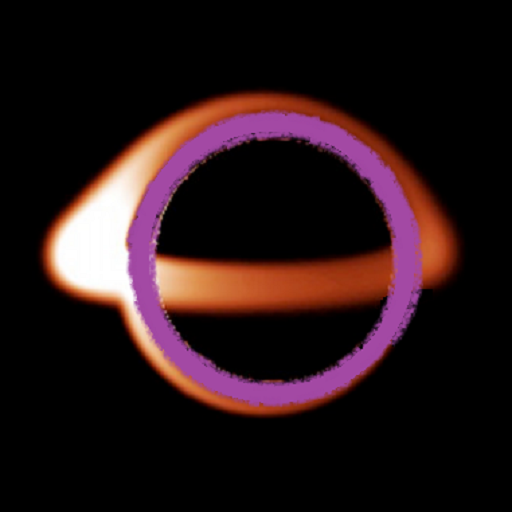In our Milky Way, the Kepler space telescope has been scanning the galaxy finding planets in other solar systems. Now, scientists have redefined what is known as the habitable zone, or ‘Goldilocks Zone.’ This is the zone of a solar system where we expect to find liquid water. The new definition of the habitable zone is based on updated atmospheric databases HITRAN (high-resolution transmission molecular absorption) and HITEMP (high-temperature spectroscopic absorption parameters). These collect absorption parameters of water and carbon dioxide.
But is there more to the habitable zone? Yes! Prior to the solar system forming, we need the appropriate densities and elemental properties of gases in order for the solar system to form. This happens when a 1st generation star goes supernova and a 2nd generation star forms in its cloud, making heavier elements.
Can an entire universe be a habitable zone? Again, yes! Before the Big Bang, the universe is just a singularity. It can either exist, or not (if it never has a Big Bang). In order for it to exist, it must reach an optimum level of energy within the Omniverse to be propelled outside of its strong field. Once it encounters a secondary, weak field, its energy causes it to go Big Bang, similar to the 1st generation star going supernova. The entire universe that we know is created in its Big Bang, where space literally unfolds.
In the Omniverse, there is a habitable zone where universes can create life! We just as much are part of the Omniverse’s habitable zone as we are part of the Sun’s habitable zone. This is why life is precious, is it not?
www.facebook.com/GrandSlamTheory
www.GrandSlamTheory.com
@GrandSlamTheory
Enlightenment through Science

